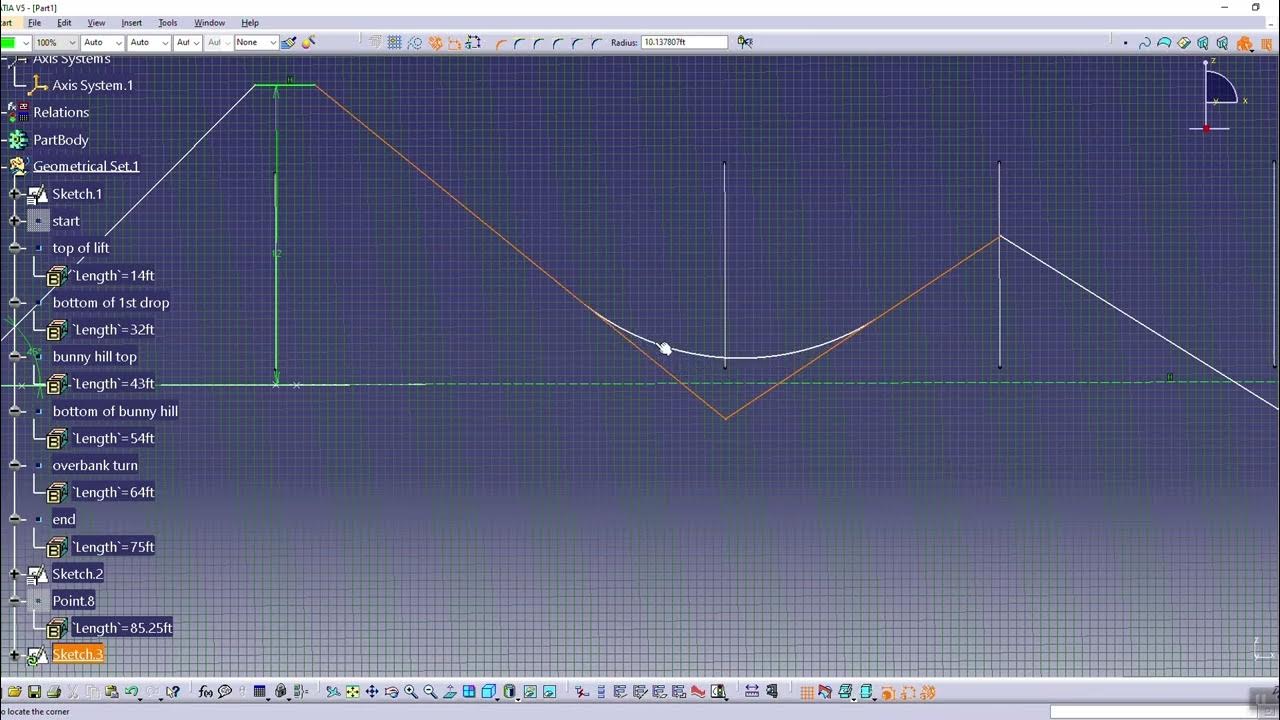How A Custom TLSO Is Made? Part 1: Taking Measurments
Summary
TLDRIn this video, an orthotist demonstrates the process of casting for a custom spinal orthosis, specifically focusing on a lumbosacral orthosis (LSO) and a high-profile thoracolumbosacral orthosis (TLSO). The demonstration highlights the importance of identifying anatomical landmarks such as the sternal notch, xiphoid process, and iliac crest for accurate measurements. The orthotist explains how to take circumferences and height measurements to ensure a precise fit. The video emphasizes the need to avoid discomfort in areas like the neck, axilla, and lap during brace wear.
Takeaways
- 😀 Bob is used as the model to demonstrate the process of casting for custom spinal orthoses.
- 🦴 The video covers two types of braces: a lumbosacral orthosis (LSO) and a thoracolumbosacral orthosis (TLSO).
- 👕 The orthotist protects the patient's skin and clothing by using a stockinette before casting.
- 🩺 The process begins by marking important anatomical landmarks, such as the sternal notch, nipple line, xiphoid process, iliac crests, and ASIS (anterior superior iliac spine).
- 📏 Measurement accuracy is crucial for ensuring a proper fit, with side-to-side and circumferential measurements taken at specific landmarks.
- 💡 Casting can be done in different positions depending on the patient's condition, including standing or lying down.
- 🔍 If the casting fails, the orthotist can rely on recorded measurements for brace creation.
- 📐 The orthotist uses an ML gauge to measure width between anatomical landmarks, such as the trochanter, ASIS, and waist.
- 🔧 Circumferential measurements are also taken at several key points, like the trochanter, ASIS, waist, and up to the axilla.
- ⚠️ It's important that the brace doesn't interfere with sensitive areas like the neck, axilla, or lap to ensure patient comfort and effective functionality.
Q & A
What is the purpose of the casting process described in the video?
-The casting process is used to create a custom spinal orthosis, such as a lumbosacral orthosis (LSO) or thoracolumbosacral orthosis (TLSO), which are braces designed to support the spine and restrict certain movements.
What are the different types of orthoses mentioned in the video?
-The video mentions two types of orthoses: a lumbosacral orthosis (LSO), which supports the lower back, and a high-profile thoracolumbosacral orthosis (TLSO), which extends higher up to support the thoracic spine.
Why is it important to protect the patient's skin and clothing during the casting process?
-Protecting the patient's skin and clothing is important because the casting material can be damaging to both. Directly applying the cast to the skin could cause discomfort or injury when removed, and clothing could be ruined.
What is the purpose of marking anatomical landmarks on the patient before casting?
-Marking anatomical landmarks, such as the sternal notch, nipple line, xiphoid process, and iliac crests, helps the orthotist ensure accurate fitting of the orthosis and provides reference points for taking necessary measurements.
Why is it critical to identify the waist in the casting process?
-Identifying the waist is crucial because it serves as the primary reference point for many measurements. If the waist is misidentified, it could cause the orthosis to fit improperly, affecting its functionality and comfort.
What are some of the measurements taken during the casting process?
-Measurements include side-to-side distances across anatomical points like the ASIS (anterior superior iliac spine), waist, xiphoid process, and nipple line, as well as circumferences around the trochanter, ASIS, waist, and axilla.
What is an ML gauge and how is it used?
-An ML gauge is a tool used by orthotists to measure side-to-side distances between anatomical landmarks, such as the trochanter, ASIS, and waist. It provides accurate measurements to ensure a snug and proper fit of the orthosis.
Why does the orthotist measure from the waist to different anatomical landmarks?
-Measuring from the waist to landmarks like the sternal notch, nipple line, and xiphoid process helps the orthotist ensure that the orthosis fits comfortably and does not interfere with sensitive areas, such as the neck or axilla.
What is the significance of the asis and symphysis pubis in the measurement process?
-The ASIS (anterior superior iliac spine) and symphysis pubis are important landmarks because they help define the lower boundaries of the orthosis. Accurate measurements from these points ensure that the brace does not dig into the patient's lap or cause discomfort.
What is the next step after completing the measurements and marking process?
-After completing the measurements and marking process, the orthotist moves on to the casting process, where the actual mold for the custom orthosis is created to ensure a precise fit for the patient.
Outlines

Dieser Bereich ist nur für Premium-Benutzer verfügbar. Bitte führen Sie ein Upgrade durch, um auf diesen Abschnitt zuzugreifen.
Upgrade durchführenMindmap

Dieser Bereich ist nur für Premium-Benutzer verfügbar. Bitte führen Sie ein Upgrade durch, um auf diesen Abschnitt zuzugreifen.
Upgrade durchführenKeywords

Dieser Bereich ist nur für Premium-Benutzer verfügbar. Bitte führen Sie ein Upgrade durch, um auf diesen Abschnitt zuzugreifen.
Upgrade durchführenHighlights

Dieser Bereich ist nur für Premium-Benutzer verfügbar. Bitte führen Sie ein Upgrade durch, um auf diesen Abschnitt zuzugreifen.
Upgrade durchführenTranscripts

Dieser Bereich ist nur für Premium-Benutzer verfügbar. Bitte führen Sie ein Upgrade durch, um auf diesen Abschnitt zuzugreifen.
Upgrade durchführenWeitere ähnliche Videos ansehen
5.0 / 5 (0 votes)






